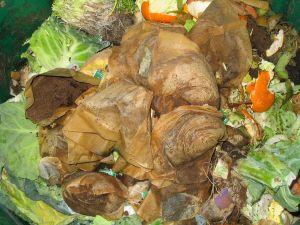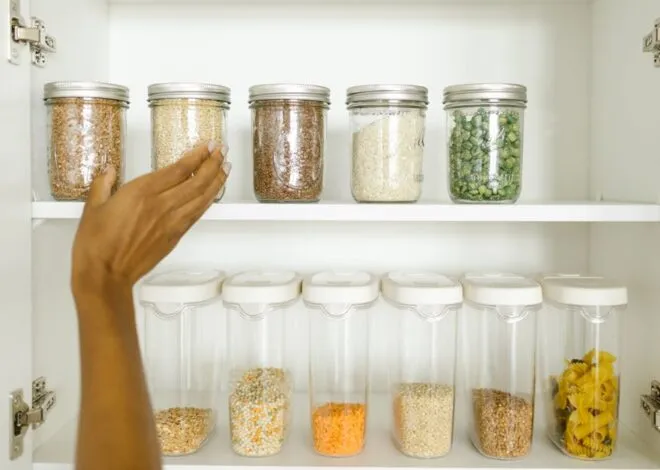Composting kitchen waste and organic materials in your own compost bin helps to reduce the amount of waste taking up space in landfills. It is possible to reduce your household trash that is hauled off to the landfill by as much as 30 percent. The composted material can then be entered back into a natural cycle, as a nutrient-rich and natural fertilizer for the yard or a home garden. Composting can also be used as an educational tool when teaching kids about environmental science and the importance of reusing and recycling, not discarding waste.
Step 1
Choose a shady spot in the yard. The spot for the compost pile or bin should be close to a garden hose, and accessible. If the compost pile is too far back in the yard, you may not use it daily. It should also be along an edge of the yard, away from where kids play. Families with pets or small yards may want to buy a compost bin. A bin is not required for composting, it will only keep the compost confined, according to the Natural Resources Conservation Service. There are bins with wheels, large bins, and bins with compartments. Some are made specifically to be used with red worms.
Step 2
Cover the ground with materials considered “brown” by the U.S. Environmental Protection Agency (EPA), including twigs or small sticks, leaves, sawdust, pine needles, newspaper, corn cobs, wood chips, small branches or straw. These materials provide drainage, and allow air to circulate through the pile. This layer should be 6 inches deep according to the EPA.
Step 3
Add a 3-inch layer of green materials, including lettuce scraps, apple cores and leafy materials. This layer will add nitrogen to the pile. Other nitrogen-producing materials for the compost pile include tea leaves, garden weeds, flower cuttings and coffee grounds.
Step 4
Mix the natural waste materials together, advises the Earth 911 website in order for the composting to take place. If you are using a bin, mix the materials together before putting them in a bin, as it will be easier. Use a rake to rotate the top materials around or to disband clumps of materials. Add water using a garden hose or a watering can to aid the composting process.
Step 5
Store kitchen scraps to compost in a small covered bucket in the kitchen and bring them out to compost frequently. Encourage all family members to put vegetable and fruit scraps in the bucket. Post a list of materials which can be composted next to the bucket. Add pictures for younger children. The list could include nut shells, egg shells, coffee filters, tagless tea bags or tea bags with the staple removed, cardboard rolls and wool rags, according to the EPA.
Warnings
- Do not compost any animal-based products, including scraps or trimmed fat from meat or dairy products or the compost pile will emanate and unpleasant odor and attract wild animals.
- Do not add lime to the compost pile, all it will do is add odor.





